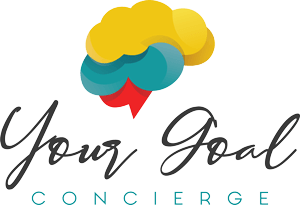Full Rest
Erica Kesse
Rest is an action.
Rest includes intentional action under the categories of physically, mental, emotionally, and spiritually.
Physically
Laying down and/ or going to sleep is the most common thing that most people do when they feel tired. Another way is to get in touch with the senses.
Progressive Relaxation Exercise
- Scan your body noticing your toes first
- Scan them
- Wiggle them
- Move up to scan your legs, tense, and release
- Now take yourself all the way through your body
- Scan all the way up to your head
- Notice every part of your body
- Notice any aches and pains
- Physical Positive Intelligence
- Now that you recognize your body and pains
- Scan and focus on your pain
- Breathe and note the pain
- Continue to breath and note the pain
- Do this for 5-10 minutes
- This will relieve the pain
Give it a try!
Now, of course, sleeping is vital to our well being because that means down to the cellular level your body needs to recuperate. It needs to rejuvenate. It is so important that a bedtime routine is needed. In the routine, do things that soothe you, like engaging your senses.
Sample Bedtime Routine
9:30 light a scented candle and take a hot shower
9:45 rub lotion or body butter slowly and intentionally on your body
9:50 say affirmations of gratitude for the day
9:55 brain dump- write down all the things in your mind
10:00 get in the bed and notice the softness
Mentally
Being mentally tired is when you use your mind more than you engage your emotions and gut instincts. It is hard work to have racing thoughts so you get to the point of having worked your mind until it stops working. Here are some conditions that happens when you are mentally tired;
- Forgetfulness
- Missing appointments
- Brain fog
- Numbness
- Overwhelm
- Indecisiveness
In order to rest your mind,
- Get out of mind and into your body.
- Do something actions oriented like exercise
- Seek satisfaction.
- Do something that sparks and ignites you
- Do creative activities
- Say affirmations in your mind about yourself.
- Affirmations
- I am beautiful.
- I deserve nice things.
- I feel connected.
- I deserve a life worth living.
Emotionally
Going into your emotionality is the way to heal yourself from the deep down soul tired. You go into your emotionality by giving yourself at least 15 minutes of “be me” time. During this time, you;
- Do nothing
- No distractions
- Sitting or laying down
- Letting yourself be
- Get familiar with your internal world
- Get familiar with your thoughts, emotions, and gut instincts
Go into your emotionality by getting creative. Everything in your life tries to stop you from doing your creative activities. These activities ignite and heal you.
So, what do you like to do?- What can you do that energizes you?
Spiritually
Spiritually, as defined as being connected to yourself and others. What do you do to feel most connected to yourself?
Some examples
- Paint your fingernails
- Explore new thought
- Flirt
- Dress up and take pictures
- Dance
- Learn something new
- Write in your journal
- Chat with a friend
The goal is to seek satisfaction and energize yourself with the things you like and desire.




